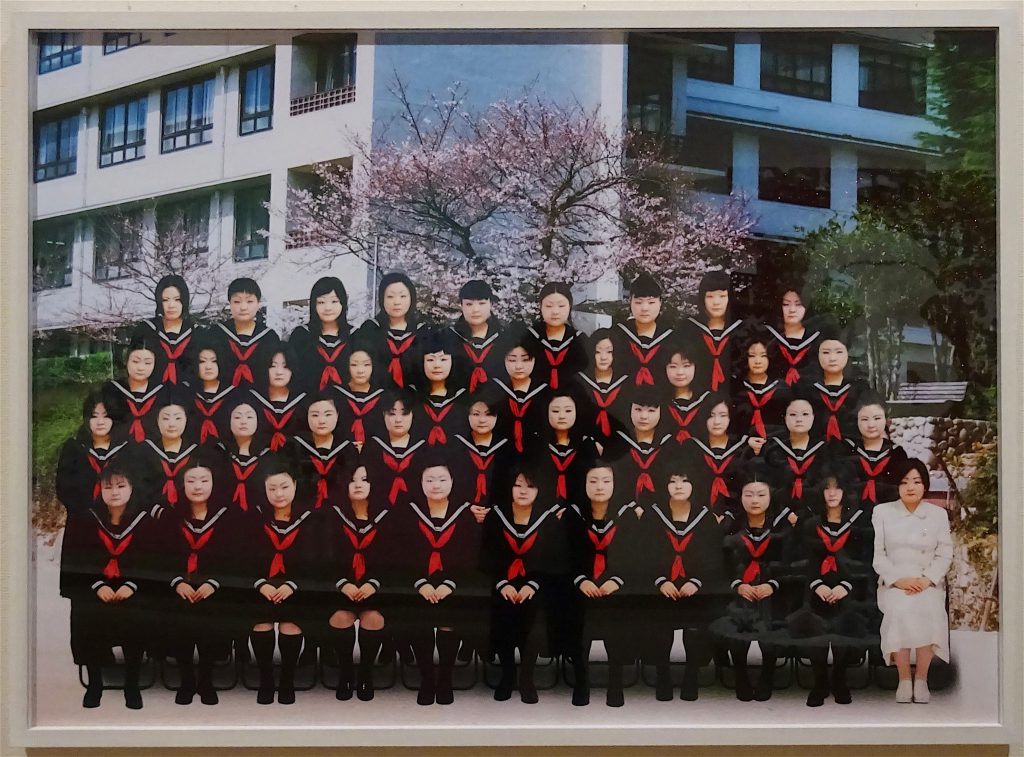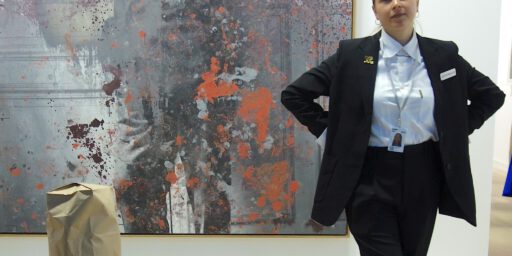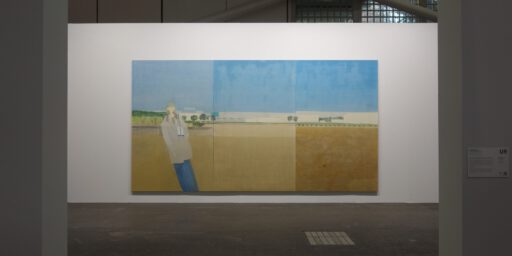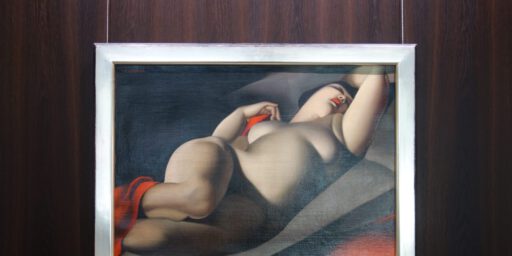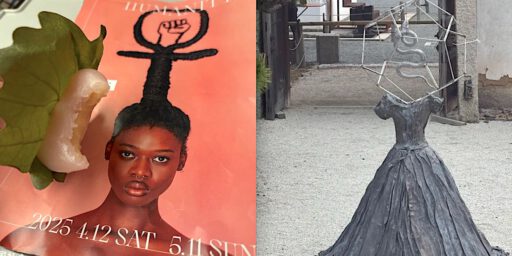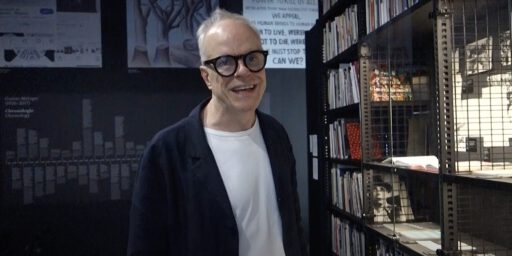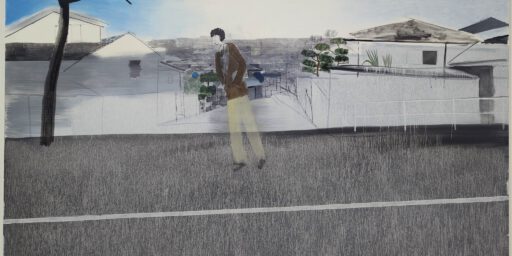アメージング澤田知子個展「影法師」@ MEM SAWADA Tomoko's amazing "Kagebōshi" exhibition @ MEM
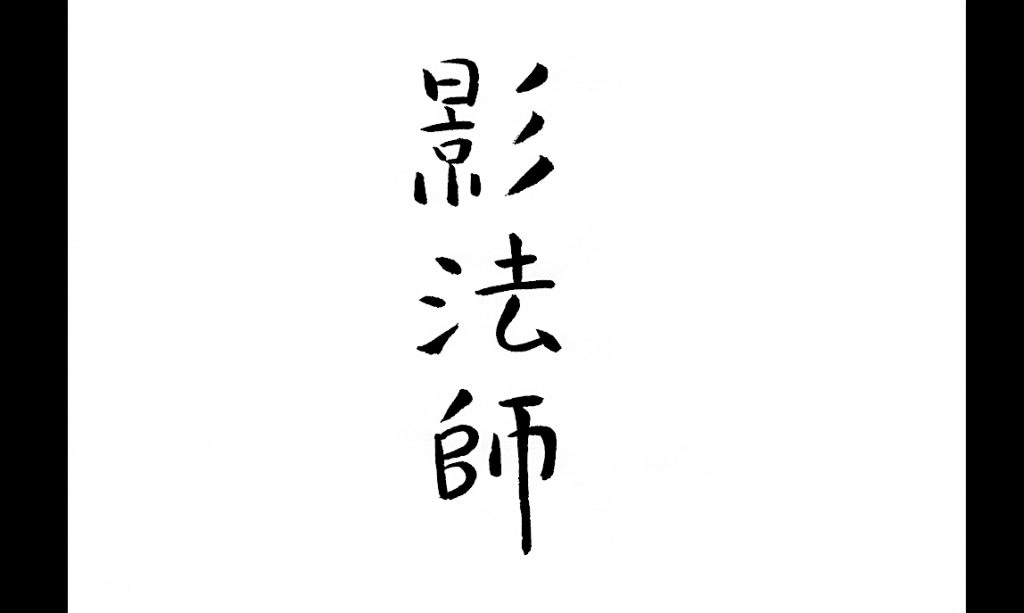
One of the most renowned Japanese female artists in the global art arena, SAWADA Tomoko, amazes us again with a highly sophisticated new work, called “kagebōshi”.
After seeing the exhibition, where taking photographs is prohibited, Sawada insisted to have only two pics be made public:
1) the three Chinese characters (logogram): 影法師 (kagebōshi)
2) one installation pic of the video work, shot by herself.
In the adjacent room of the main gallery space, an older, intriguing “masquerade” video work had been installed, which gave the viewer a reference about her well known, well documented, artistic practice/career, – recapitulating the many Sawada’s “frontal-faces” as different personalities, being extracted from her single self.
Normally, all her works are titled in Latin script, however, this time the English word for “kagebōshi” couldn’t match her artist’s sensibility, so to say. And I totally agree.
While the English translation gives only “shadow”, the German translation reads an acceptable “Schattenbild einer Person” = “the shadow picture of a person”.
“Unfortunately”, the Japanese word (extendible to Chinese characters/logogram) implies much more layers, which makes a true, exact definition obsolete.
Myself mentioned first the word “silhouette” to the gallerist, a reference to the book by INOSE Naoki “Silhouettes of the Japanese Emperor” 猪瀬直樹「天皇の影法師」.
She explained that the last Chinese character 師 (shi) is somehow ‘lost in translation’, as 師 “shi” means (religious) teacher, maestro, warrior, specialist a.o..
Days after my visit to the gallery, and trying to find the clue to the mystery of Sawada’s new work, I got the feeling that one has to be a native to truly understand the meaning of this special word, because it relates also to the Japanese habitat, traditional wooden houses and “mukashi-banashi” 昔話 (dark) stories of one’s past.
The fragility of this highly metaphorical “Asia-site-specific” work, and keeping the artist’s maturity in mind, leads me to the conclusion that Sawada wants to escape from the “Asian” face cliché. However, by remaining in the realms of “Chinese characters” language, the charm of this work’s title makes my conclusion oxymoron.
Switching towards abstract “un-definitions”, towards the notion of breaking the cultural uniformity of Japan, Sawada transcends into the philosophical question about human existence, re-examining ‘la condizione umana’.
I may even vaguely argue, that Sawada subconsciously executed this work to let some psychosomatic creativity flow into the (gallery) space, as the person on the screen resembles her alter ego, the paranormal phenomenon per se.
“I show you my mental darkness, the light and shadow of myself, my not-so-fictional Doppelgänger.”
Art is demanding.
Sawada’s ability to objectify herself one more time gains our respect, the art audience applauds. Chapeau, bravissima!
Tokyo, 2018/12/12
Mario A
澤田知子展『影法師』
SAWADA Tomoko “Kagebōshi”
2018年12月1日(土) – 12月28日(金)
Place 会場: MEM (Gallery)
東京都渋谷区恵比寿1-18-4 NADiff A/P/ A/R/T 3F
Tokyo, Shibuya-ku, Ebisu 1-18-4, 3F (Next to NADiFF Bookstore)
Open 12:00 – 20:00
Closed: Mon and holidays
http://mem-inc.jp/topics/news
http://mem-inc.jp/topics/news_e/

up-date, as a reference
